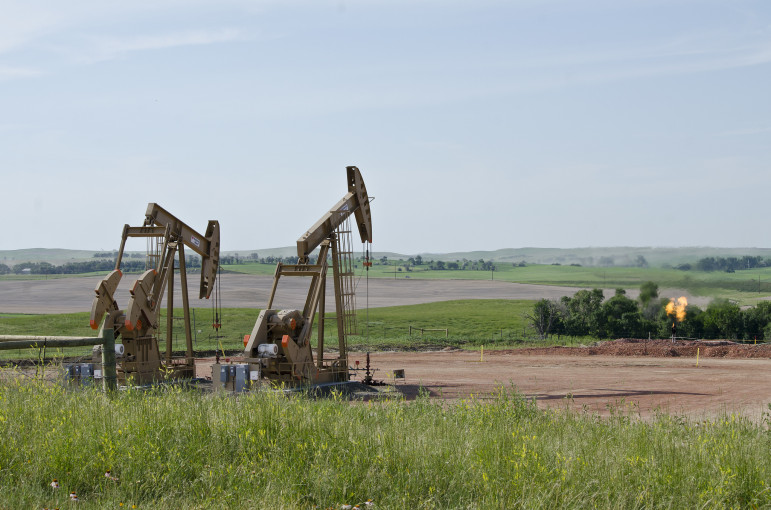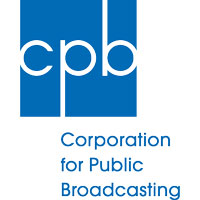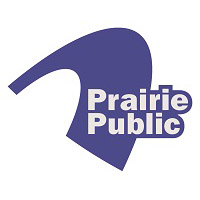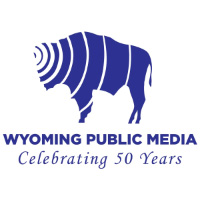
Tim Evanson via Flickr creative commons
Drilling multiple oil wells on the same pad helps bring down costs.
Every month, North Dakota’s Department of Mineral Resources hosts a press conference to discuss the latest oil production figures. It’s a pretty low-key affair: All of us local reporters show up and banter with the director, Lynn Helms, while our counterparts at the Wall Street Journal, Bloomberg and Reuters log onto the webinar. Then, at exactly 1:30 p.m., the web cam clicks on and we’re live.
This month, the only subject everyone wanted to talk about was oil prices–and not just in the webinar room in Bismarck. Google searches for “oil price drop” are spiking this month.
Based on some recent headlines — Global Oil Glut Sends Prices Plunging!
Oil Price Drop Could Lead to Shutdown at North Dakota Rigs!
Why Drop in Oil Prices Could Squeeze US Economy!
–you’d think the situation is pretty dire for oil producers in places like North Dakota. Turns out reality is a lot more complicated than that.
The “break even” price for oil–in other words, the price per barrel at which it no longer makes economic sense to drill new wells–varies wildly, even within North Dakota. In some counties, like Divide and Burke, the break even price is above $80 per barrel. But some areas, like Dunn and McKenzie counties, are quite insulated from price fluctuations, with break even prices less than $30 per barrel. What gives?
Get ready: there’s a lot of factors that influence break even price.
- Initial Production rate, or IP. That refers to how much oil comes out of the well as soon as it’s turned on. Many Bakken oil wells are fantastically productive in the beginning, spewing out an average of more than 1,300 barrels of oil per day. But like a hook-up buddy who quickly gets sick of you, the amount of oil they produce falls off precipitously after a few months. The more oil a well produces in the beginning, the more insulated that well is from low crude prices.
- Water to oil ratio. Did you know that many oil wells in North Dakota produce more water than oil? Water from fracking and water that’s naturally trapped deep underground both come up with the oil, and companies have to do something with it. In North Dakota, they pay someone to truck it to a disposal well, where it’s injected back underground. Wastewater is an expensive nuisance, and the higher the water to oil ratio, the less money you’re going to make off a given barrel of oil.
- Roads, power lines, and other infrastructure. In the beginning of a boom, companies have to spend tons of cash to build roads, well pads, drill wells, buy sandwiches for the guys who drill wells, etc. Once the wells are in place, all those upfront costs go down. So in newer oil fields, you need oil prices to be higher just to cover your costs. Once you build all the infrastructure, your expenses drop along with your break even point.
- How many wells you have on a pad. Think about it: every well requires pretty much the same up front investments. You need to pay the mineral owner for the lease and the landowner (who isn’t always the same person) for the five or so acres of their farm to build a well pad. Then you actually need to build the road and the well pad. There’s the cost of gravel, the road crews, the water you spray on the road to keep the dust down. There’s the tanks that hold wastewater until it can be picked up and trucked to a disposal well. And on. The more wells you have per pad, the lower the infrastructure cost per well. Plus, as you drill more wells, you get more more oil, and more oil means more money to pay off the debt you went into to build the infrastructure in the first place. Ca-ching!
In the early years of the Bakken boom, break even prices were pretty high, says Niles Hushka, the head of KLJ, a Bismarck-based engineering and consulting firm that authored a study on the oil and gas industry for the North Dakota legislature. That’s because companies were going out and drilling one well per pad just to hang onto their leases (companies have a certain amount of time to drill a well before their lease expires). Now, companies aren’t doing that as much. They’re doing “in-fill” development, building more wells on existing pads.
Think of it like urban development–in the beginning, companies were mimicking suburban sprawl, bulldozing some farmland outside of town to build a super Walmart. Now they’re building cool loft apartments above chic little cafes downtown and turning weedy corner lots into Whole Foods grocery stores.
Because companies here are now doing more in-fill (and because the cost of drilling wells is dropping), break even prices in the Bakken are lower than at the beginning of the boom, and that means it’s actually not a bad time for prices to drop. “We’re much better equipped to handle price fluctuations today than we were even a year ago,” Hushka says.
But it won’t be that way forever, he warns. As companies empty the oil out of the most productive areas, they’ll turn to the more marginal places–places like Divide and Burke counties. That means break even prices will rise again, and companies will need oil prices to go up before it makes sense to drill.








